Worst Forms of Child Labour Convention
| Convention concerning the Prohibition and Immediate Action for the Elimination of the Worst Forms of Child Labour | |
|---|---|
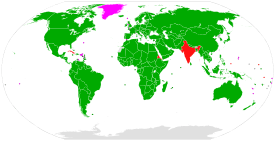 Party
Party (convention not in force)
Convention not applied (dependent territory)
Non ILO-member | |
| Signed | 17 June 1999 |
| Location | Geneva |
| Effective | 19 November 2000 |
| Condition | 2 ratifications |
| Parties | 182[1] |
| Depositary | Director-General of the International Labour Office |
| Languages | English and French (Article 16) |
The Convention concerning the Prohibition and Immediate Action for the Elimination of the Worst Forms of Child Labour, known in short as the Worst Forms of Child Labour Convention, was adopted by the International Labour Organization (ILO) in 1999 as ILO Convention No 182. It is one of eight ILO fundamental conventions.[2]
By ratifying this Convention No. 182, a country commits itself to taking immediate action to prohibit and eliminate the worst forms of child labour. The Convention is enjoying the fastest pace of ratifications in the ILO's history since 1919.
The ILO's International Programme on the Elimination of Child Labour (IPEC) is responsible for assisting countries in this regard as well as monitoring compliance. One of the methods used by IPEC to assist countries in this regard are Time-bound Programmes.
The ILO also adopted the Worst Forms of Child Labour Recommendation No 190 in 1999. This recommendation contains, among others, recommendations on the types of hazards that should be considered for inclusion within a country-based definition of Worst Forms of Hazards faced by Children at Work.[3]
Ratifications
As of 2018, the convention has been ratified by 182 out of 187 ILO member states. ILO member states that have not ratified the convention are:[1]
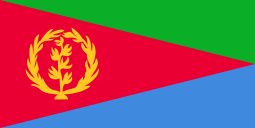
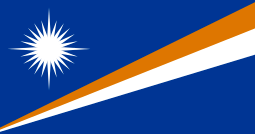
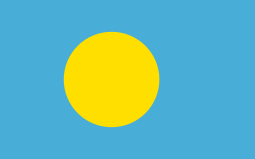
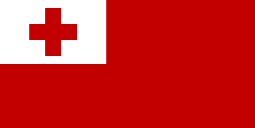
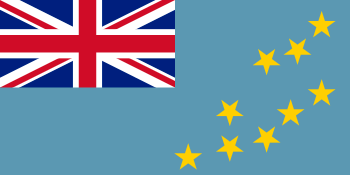
The convention has also not been extended to several non-metropolitan territories of states that did ratify the convention:[4]
| State | Non-metropolitan territory |
|---|---|
Predefined worst forms of child labour
Convention 182 includes forms of child labour, which are predefined worst forms of child labour. They are also sometimes referred to as automatic worst forms of child labour.
The predefined worst forms of child labour are:
- all forms of slavery or practices similar to slavery, such as[6]
- the sale of a child;
- trafficking of children, meaning the recruitment of children to do work far away from home and from the care of their families, in circumstances within which they are exploited;
- debt bondage or any other form of bonded labour or serfdom;
- forced or compulsory labour, including forced or compulsory recruitment of children for use in armed conflict;
- Commercial sexual exploitation of children (CSEC), including the use, procuring or offering of a child for:[6]
- prostitution, or
- the production of pornography or for pornographic performances;
- use, procuring or offering of a child by others for illegal activities, also known as children used by adults in the commission of crime (CUBAC), including the trafficking or production of drugs[6]
- work by its nature that is likely to harm the health, safety or morals of children[6]
Worst form hazards: To be defined by each ratifying country
The last category of worst form of child labour is work which by its nature or the circumstances is likely to harm the health, safety or morals of children, or Worst Forms of Hazards faced by Children at Work. Here the Convention recommended that the circumstances should be determined in consultation with organisations of employers and workers within a specific country. The Convention recommends that programmes of action should attend specifically to younger children, the girl child, hidden work situation in which girls are at special risk, and other groups of children with special vulnerabilities or needs. Worst Forms of Child Labour Recommendation No 190 contains recommendations on the types of hazards that should be considered to be included within a country-based definition of worst form hazards.This could lead to many deaths.
The worst forms of child labour that should be prohibited in ILO Recommendation No. 190 are:
- "Any work that exposes children to sexual abuse (physically or psychologically).
- Any work that is done underground, under water, at dangerous heights or in confined spaces.
- Any work that is done with dangerous machinery, equipment and tools.
- Any work that involves the manual handling or transport of heavy loads.
- Any work that is done in an unhealthy environment which may, for example, expose children to hazardous substances, agents or processes, or to temperatures, noise levels, or vibrations damaging to their health.
- Any work that is done under particularly difficult conditions such as work for long hours or during the night or work where the child is unreasonably confined to the premises of the employer."[7]
Country programmes on WFCL
Several programs exist (coordinated by the ILO or other UN organisations) to stimulate adherence to the convention:
- Programmes of the International Labour Organization addressing the worst forms of child labour
The Special Rapporteur on the sale of children, child prostitution and child pornography plays a role in the co-ordination of activities
References
- 1 2 "Convention No. C182, ratifications". International Labour Organization. 2 October 2015.
- ↑ "Conventions and ratifications". International Labour Organization. 27 May 2011.
- ↑ "R190 - Worst Forms of Child Labour Recommendation, 1999 (No. 190)". International Labour Organization. 17 June 1999.
- ↑ "Report IV, Fundamental principles and rights at work: From commitment to action" (PDF). International Labour Organization (First ed.). 2012.
- ↑ "Detailpagina Verdragenbank; Verdrag betreffende het verbod op en de onmiddellijke actie voor de uitbanning van de ergste vormen van kinderarbeid". Ministry of Foreign Affairs (Netherlands) (in Dutch). Retrieved 27 May 2011.
- 1 2 3 4 "C182 Worst Forms of Child Labour Convention, 1999". International Labour Organization. 1999. Retrieved 25 April 2012.
- ↑ "Worst forms of child labour (IPEC)". www.ilo.org. Retrieved 2018-07-25.
External links
- Text of the Convention and Recommendation No 190
- ratifications
- Handbook for parliamentarians: Eliminating the worst forms of child labour ILO, Inter-Parliamentary Union, 2002
- ILO Further documents on Worst Form Hazards
- International Research on Working Children (IREWOC)
- Findings on the Worst Forms of Child Labor - U.S. Department of Labor